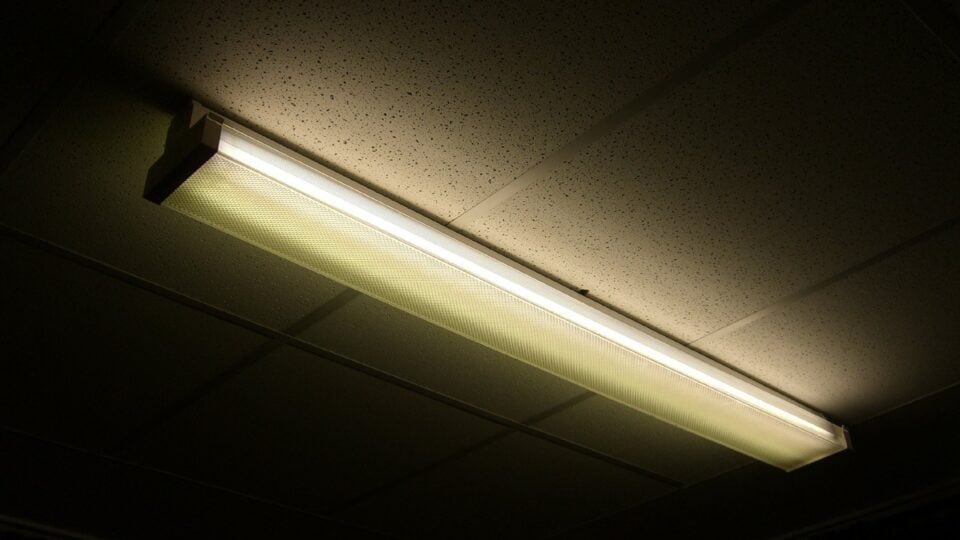School Funding for LED Lighting: A Comprehensive Guide
The cost of energy is rising, and school districts are feeling the pinch. As a result, many are turning to LED lighting as a way to reduce energy costs and improve the learning environment for students. However, school funding for LED lighting can be hard to come by. This guide will provide an overview of the different sources of funding available for LED lighting projects in schools, as well as tips on how to maximize your chances of success.
What is LED Lighting?
LED stands for Light Emitting Diode, and it is a type of lighting technology that uses semiconductor materials to produce light. LEDs are much more efficient than traditional incandescent bulbs and can last up to 25 times longer. They also produce less heat than traditional bulbs, making them safer and more comfortable for students in classrooms.
Benefits of LED Lighting in Schools
LED lighting offers numerous benefits for schools. It can help reduce energy costs by up to 75%, improve the quality of light in classrooms, and create a healthier learning environment for students. Additionally, LEDs require less maintenance than traditional bulbs, which can save money over time. Finally, LEDs can help create a more inviting atmosphere in classrooms by providing better illumination and reducing glare from windows or other reflective surfaces.
Sources of Funding for LED Lighting Projects
There are several sources of funding available for school districts looking to install LED lighting projects:
1. Local Government Grants: Many local governments offer grants specifically designed to help schools fund energy-saving projects such as LED lighting upgrades. These grants may be available from state or county governments, or even from private foundations or businesses in the area.
2. Tax Credits: Some states offer tax credits that can be used towards energy-saving projects like LED lighting upgrades in schools. These credits may be available at both the state and federal level, so it’s important to research what options are available in your area before beginning any project.
3. Private Donations: Schools may also be able to receive donations from individuals or businesses interested in helping fund their LED lighting project. This could include donations from alumni or local businesses who want to support their community’s educational efforts by helping fund an energy-saving initiative like this one!
Tips For Securing Funding For Your Project
1. Research All Available Options: Before you begin applying for any grants or tax credits, make sure you research all available options thoroughly so you know what’s out there and which ones might best fit your needs and budget constraints.
2. Create a Detailed Plan: When applying for any type of funding it’s important to have a detailed plan outlining exactly what you need money for and how much it will cost overall so potential donors have an accurate picture of what they’re investing in when they decide whether or not they want to contribute financially towards your project goals!
3. Be Persistent: Applying for grants or tax credits can take time so don’t give up if you don’t hear back right away! Keep following up with potential donors until you get an answer one way or another – persistence pays off!
Conclusion
School funding for LED lighting projects is becoming increasingly important as school districts look towards more efficient ways of reducing their energy costs while improving the learning environment for students at the same time! With careful research into all available sources of funding – including local government grants, federal programs, tax credits and private donations – school districts should be able to find enough money to cover their project costs without breaking the bank!
If you would like more information about the grants available for Primary Schools, Secondary Schools and Colleges in England then please go to our School Funding page.




